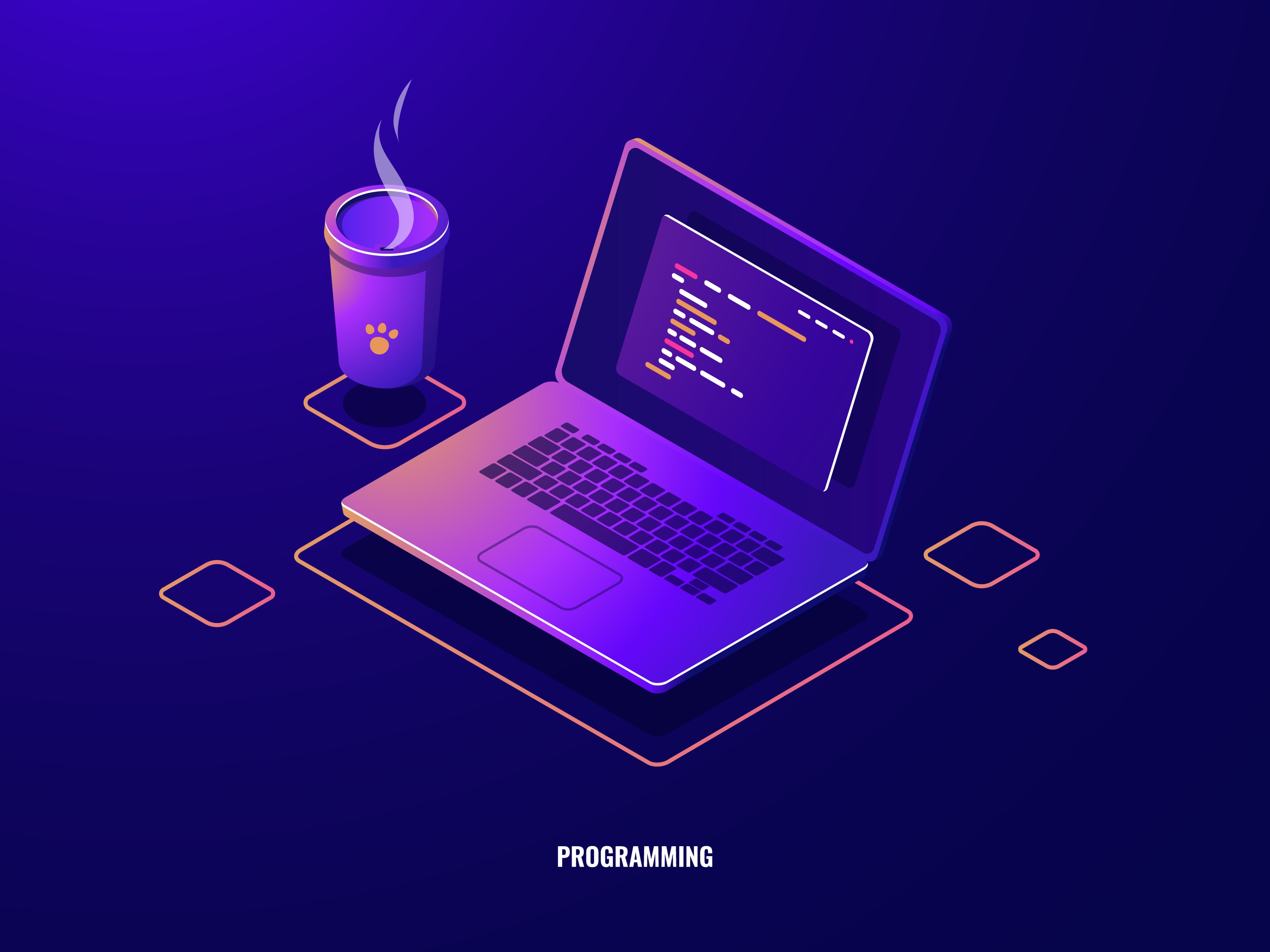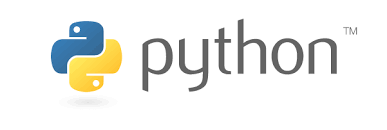Introduction
In this technologically advanced era, programming languages come and go, but Python has stood the test of time, emerging as a titan in coding. Its simplicity, versatility, and robust community support have made it the go-to language for beginners and experts alike. In this blog, we’ll dive into the myriad advantages Python offers and why it continues to be the preferred choice for a wide range of applications, from web development to artificial intelligence.

Table of contents
Advantages of Python
Python is a versatile, high-level programming language known for its simplicity and readability. It supports multiple paradigms, making it suitable for various applications, from web development to artificial intelligence. Python’s extensive standard library facilitates rapid development. Its dynamic typing and automatic memory management enhance productivity.
Widely adopted in data science, machine learning, and automation, Python’s community-driven development fosters a vast ecosystem of libraries and frameworks. Its cross-platform compatibility and ease of integration make it an ideal choice for both beginners and seasoned developers. Python’s popularity continues to grow, emphasizing its role as a leading language in modern software development. Below are the advantages of Python that you must know:
Simplicity and Readability
One of Python’s most celebrated features is its simplicity. The language’s syntax is clean and intuitive, making it an excellent choice for beginners. Python’s code is often described as almost English-like, which allows developers to focus on solving problems rather than deciphering complex syntax. This readability not only makes the language accessible but also facilitates easier maintenance and updates to the codebase.
Versatility and Flexibility
Python’s versatility is another feather in its cap. It is a multi-paradigm language that supports procedural, object-oriented, and functional programming. This flexibility allows developers to approach problems differently and adapt the language to their needs. Python’s extensive standard library, known as the “batteries included” philosophy, provides modules and functions for virtually every task, enhancing its adaptability.
Community and Support
The Python community is one of the largest and most active in the world. Many forums, mailing lists, and conferences are dedicated to Python, providing an invaluable resource for developers seeking support and collaboration. This community-driven environment fosters the continuous improvement of the language and the development of a rich ecosystem of third-party modules and tools.
Integration and Compatibility
Python plays well with others. Its ability to integrate with other languages and technologies is a significant advantage. Python can invoke C/C++ libraries, communicate with Java code, and seamlessly interact with databases or web services. This interoperability makes Python a universal tool in a developer’s arsenal, enabling complex, multi-technology systems to be created easily.

Speed of Development
Python’s concise syntax and powerful features result in a faster development cycle. Developers can implement ideas quickly, making Python an ideal choice for prototyping and iterative design. This development speed translates to cost savings and a quicker time-to-market, which is crucial in today’s fast-paced tech landscape.
Open Source Advantage
Being open-source, Python is freely available and can be distributed and modified without any cost. This has led to a proliferation of Python across various industries and has encouraged the development of a wealth of open-source libraries and frameworks, such as Django for web development and TensorFlow for machine learning.
Machine Learning and AI
Python’s significance in machine learning and artificial intelligence cannot be overstated. Libraries like NumPy, Pandas, and Matplotlib for data analysis and visualization, along with machine learning frameworks like scikit-learn and PyTorch, have made Python the lingua franca of AI research and development.
Education and Research
Python’s simplicity and readability have made it a favorite in educational settings. It is often the first programming language taught in universities and coding bootcamps, which speaks volumes about its approachability. Researchers also benefit from Python’s array of scientific libraries and its easy handling of complex data analysis.
Web Development
Powerful frameworks like Django and Flask solidify Python’s role in web development. These frameworks simplify the development of secure and scalable web applications, making Python a top choice for startups and tech giants alike.
Scripting and Automation
Python excels at scripting and automation tasks. Its ability to automate repetitive tasks with simple scripts saves time and reduces the potential for human error. This capability extends to testing frameworks crucial for maintaining code quality.
Here’s a tabular comparison of the advantages of Python over other programming languages:
| Advantage | Python | Other Programming Languages |
| Readability | Clean and concise syntax promotes readability | Syntax may be more complex in some languages |
| Community Support | Large and active community for support and resources | Varied community sizes and engagement levels |
| Versatility | Versatile and suitable for various applications | Specialized languages may be limited in scope |
| Extensive Libraries | Extensive standard libraries and frameworks | May require additional libraries for functionality |
| Ease of Learning | Easy to learn and beginner-friendly | Steeper learning curve in some languages |
| Integration | Excellent integration with other languages | Integration may require more effort and tools |
| Scripting | Well-suited for scripting and automation tasks | May not be as efficient for scripting purposes |
| Web Development | Powerful frameworks like Django and Flask for web development | Web development may require additional setups |
| Community Packages | Rich ecosystem of third-party packages | Dependency management can be more challenging |
| Compatibility | Cross-platform compatibility | May have platform-specific limitations |
| Rapid Prototyping | Supports rapid prototyping and development | Development speed may vary across languages |
| Data Science | Widely used in data science and machine learning | Some languages may require specialized tools |
| Open Source | Open-source with a large developer community | Varied licensing models in other languages |
| Job Market Demand | High demand in the job market | Job market demand may vary for different languages |
This table highlights several advantages of Python over other programming languages, making it a popular choice for various applications.
Conclusion
Python’s ascent to the pinnacle of programming languages is no accident. Its simplicity, versatility, and supportive community have made it an indispensable developer tool. Whether you’re building the next big tech startup, diving into the depths of machine learning, or simply automating mundane tasks, Python’s advantages make it a language that can cater to your needs. As we continue to push the boundaries of what’s possible in technology, Python’s role as a cornerstone of innovation is assured.
Are you eager to elevate your Python skills, explore more advantages of Pythons, and learn from industry experts? Look no further! Explore the Analytics Vidhya’s Python course – your gateway to comprehensive, hands-on learning. Gain mastery in Python programming and unlock a world of opportunities. Enroll now to embark on a transformative learning journey! Check out the Python course from Analytics Vidhya. Your future in Python development starts here. Don’t miss out!




